SUMMARY
This is AI generated summarization, which may have errors. For context, always refer to the full article.
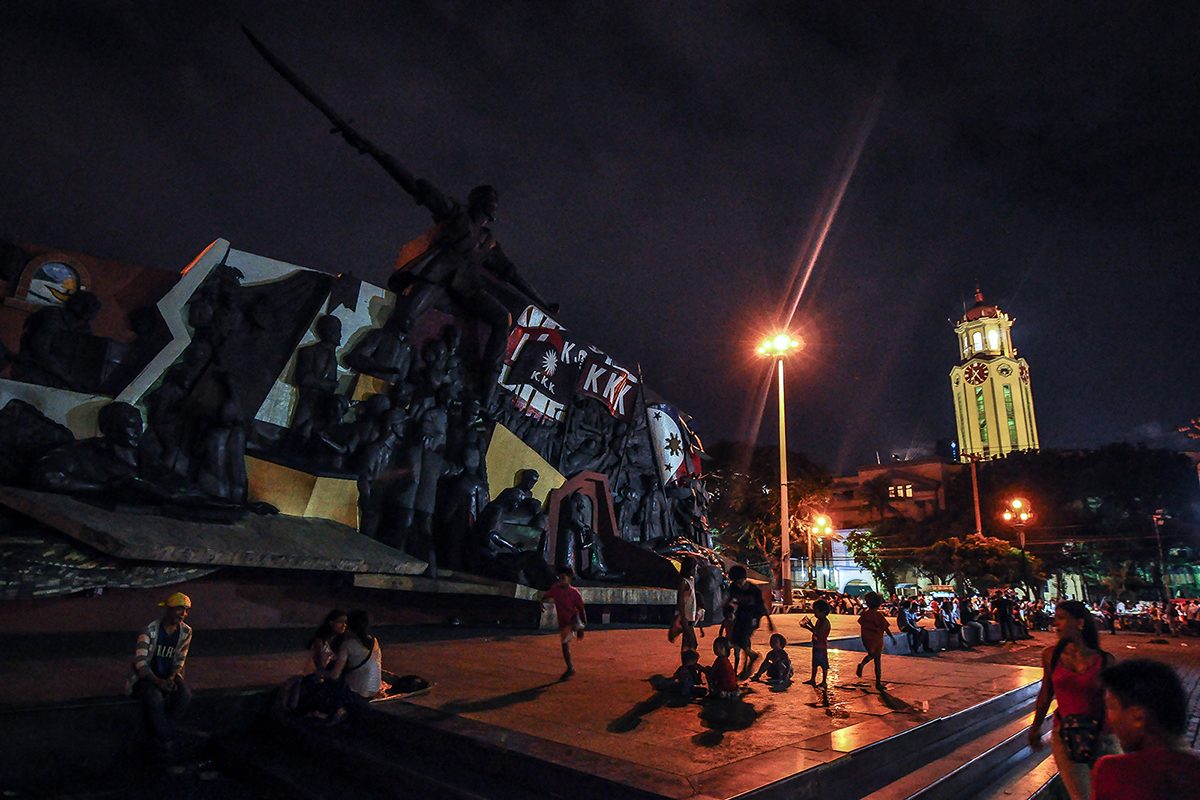
MANILA, Philippines — Dark days. This is how the Martial Law era of the late dictator Ferdinand E. Marcos is often described. And it was during this time that Ishmael Bernal’s seminal work City After Dark was shown in Philippine theaters.
Originally titled Manila by Night, the movie was reportedly forced to be renamed City After Dark by then Metro Manila Governor and First Lady Imelda Romualdez Marcos.
Thirty-five years since its release in 1980, how has Manila evolved? Or devolved? How much has changed? Or has been left unchanged?
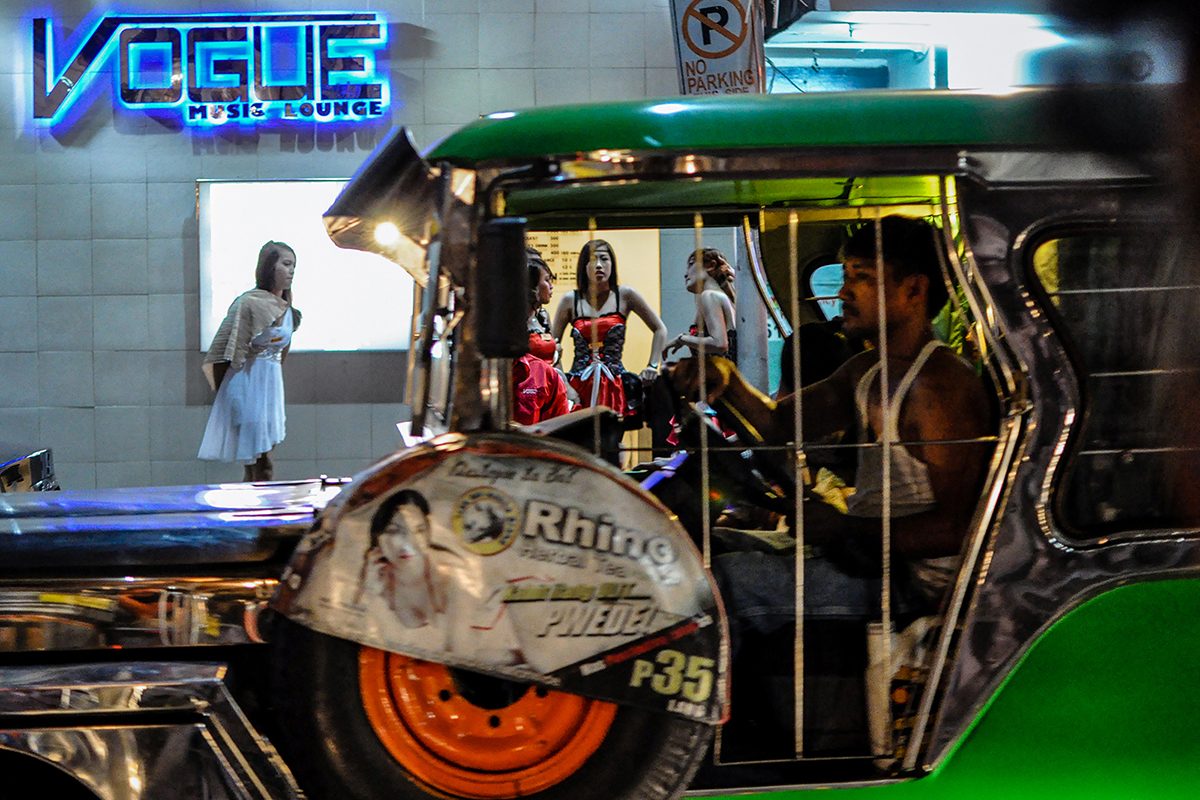
Manila by Night is awash with characters who are, in one way or another, involved in prostitution. There’s Virgie (Charito Solis), a reformed prostitute forever trying to wash away her past, with her obsessive penchant for cleanliness and involvement with the religious activities of the community.
Bea (Rio Locsin) is a blind masseuse in a sleazy sauna that acts as a front for prostitution.
Adelina (Alma Moreno) seems innocent in her white uniform, pretending to be a nurse in a Manila hospital. But she lives a secret life as a sex worker in a Manila brothel.
Baby (Lorna Tolentino) is a migrant waitress who gets pregnant, then finds herself in the same brothel where Adelina works.
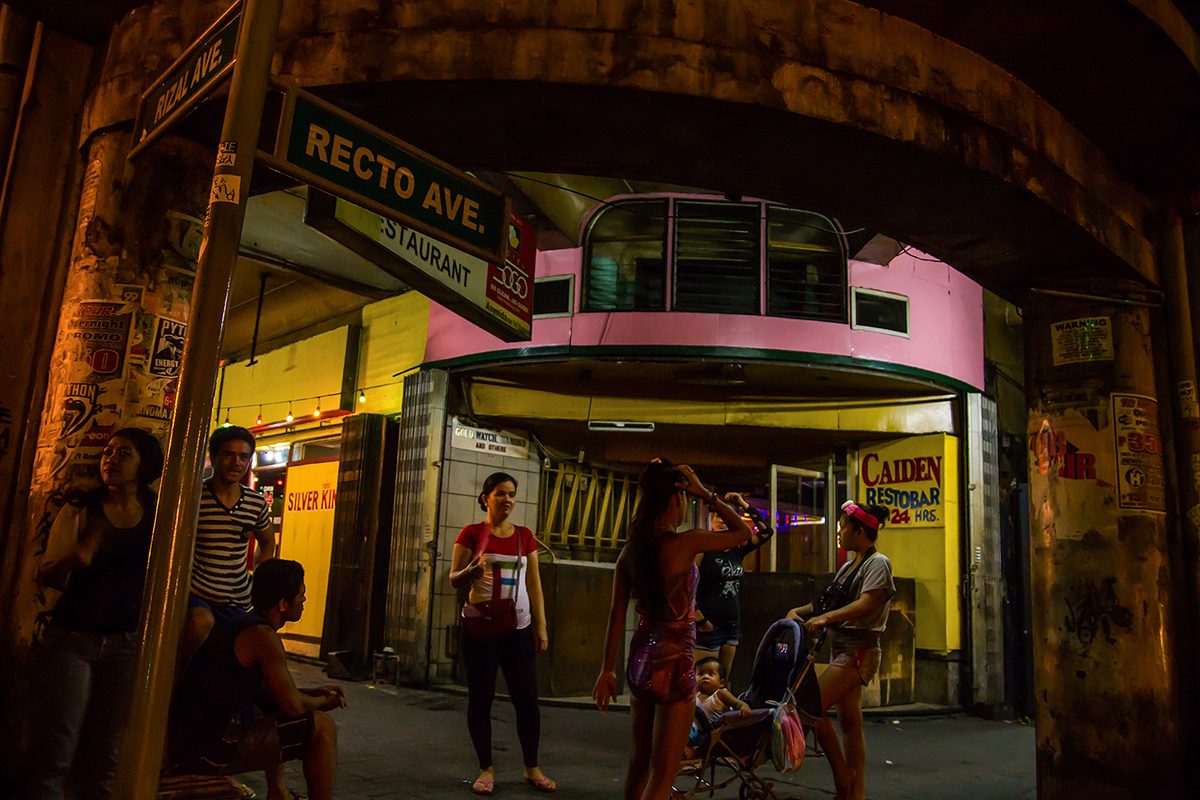
Pebrero (Orestes Ojeda) and Alex (William Martinez) are the kept men of Manay Sharon (Bernardo Barnardo), a rich gay couturier. They sell their bodies to get money for their vices – women and drugs.
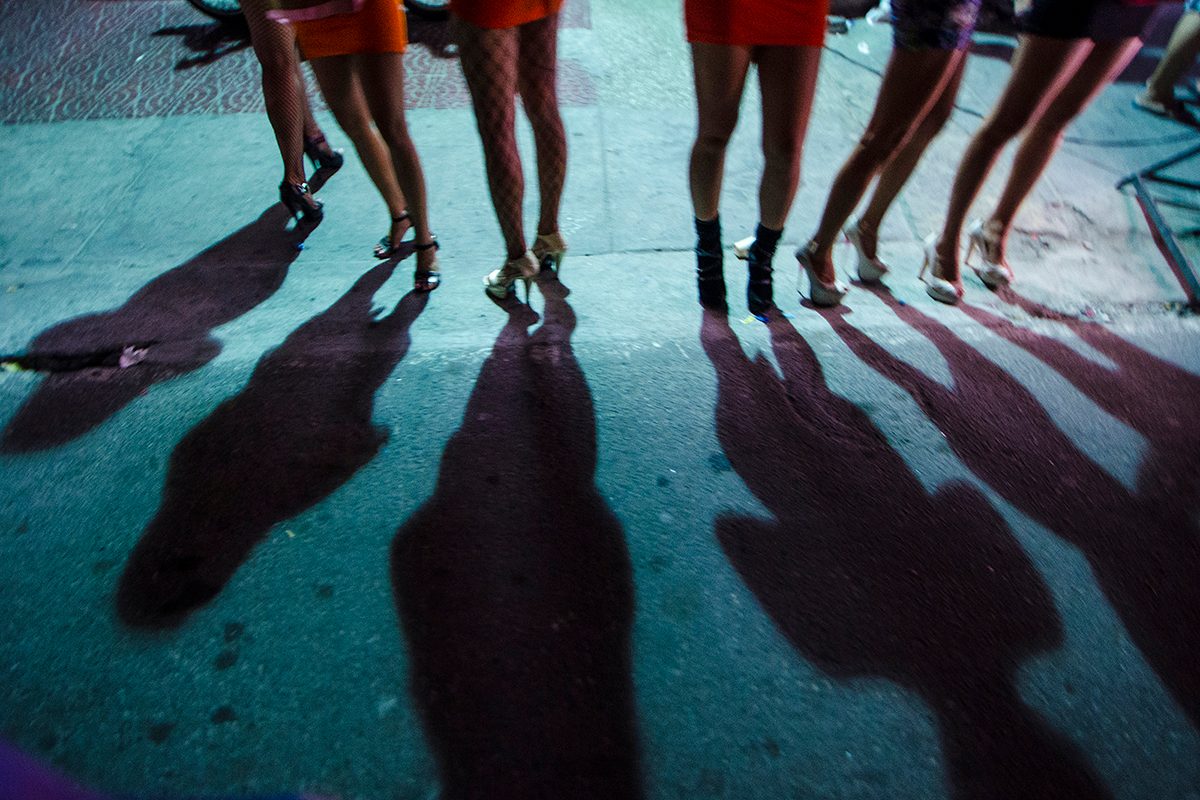
Manila’s modern ‘prostitutes’
Virgie’s modern real-life counterpart may be seen in the likes of Sara (not her real name), a 48-year-old mother of 6 actively involved in the religious festivities of their riverside community
Sara denies she is or was a sex worker. But she admits she was a wild child, perhaps like Vanessa (Gina Alajar), a teenager who had sex with her boyfriend in a Manila motel.
Sara admits she ran away from home when she was 16, became a vagabond, and lived from place to place – from Cavite, to Bataan, to Olongapo. It wasn’t until she got pregnant with her first child at age 24 that she decided to finally come home.
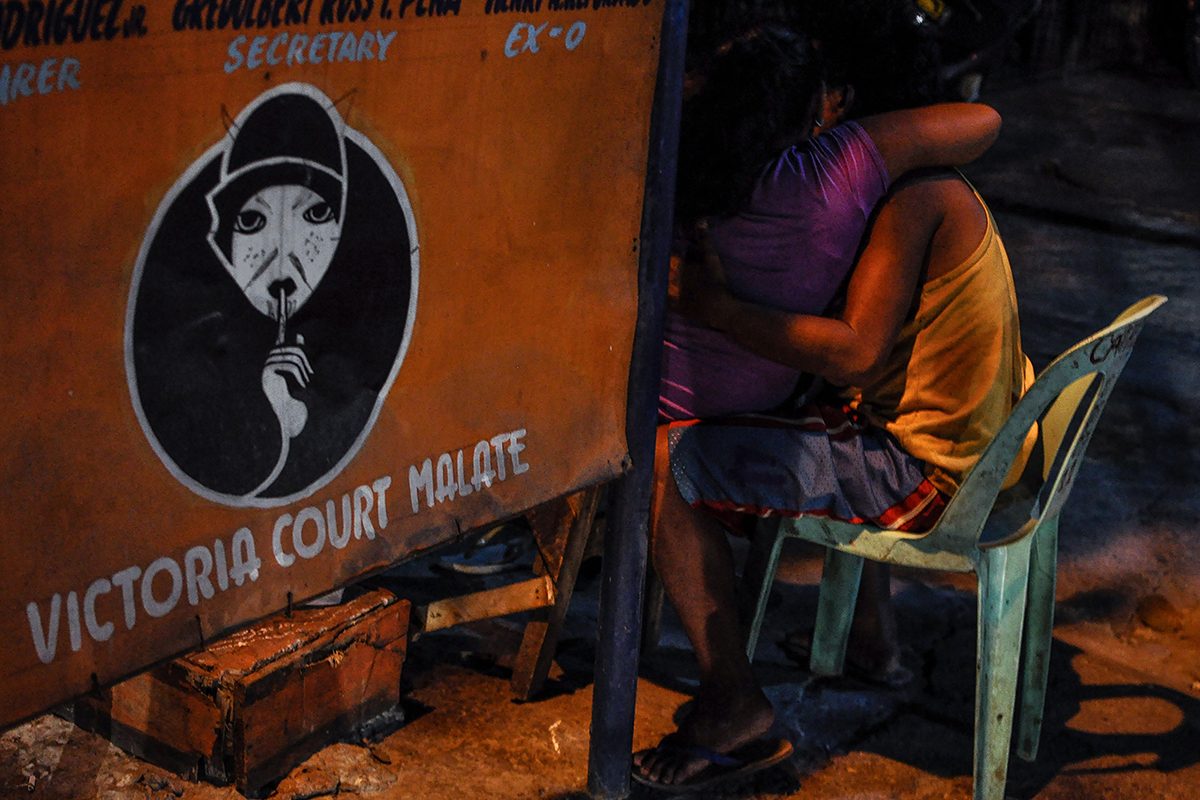
Ironically, she admits that the father of her eldest daughter, a man 30 years her senior, gave her money every time they had sex.
Sara says that when she lived in Olongapo with her cousins, she helped with the housework to earn money. She did the housework with her cousins during daytime. But before sunset, they’d take a bath and roam the streets. One time, she confesses, her aunt allegedly said they are like “hostesses,” then a euphemism for sex worker.
After the interview, a man who is not Sara’s husband, known in the community as a druggie and jueteng (illegal numbers game) bookie, emerges from her small house. He tries to maintain a straight face, ignoring the people gathered outside the door, including Sara.
Paloma, also a former sex worker and Sara’s neighbor, claims Sara is still active in prostitution. Paloma claims barangay officials recently saw Sara roaming around the community in the wee hours of the night. She alleges that Sara was looking for clients.
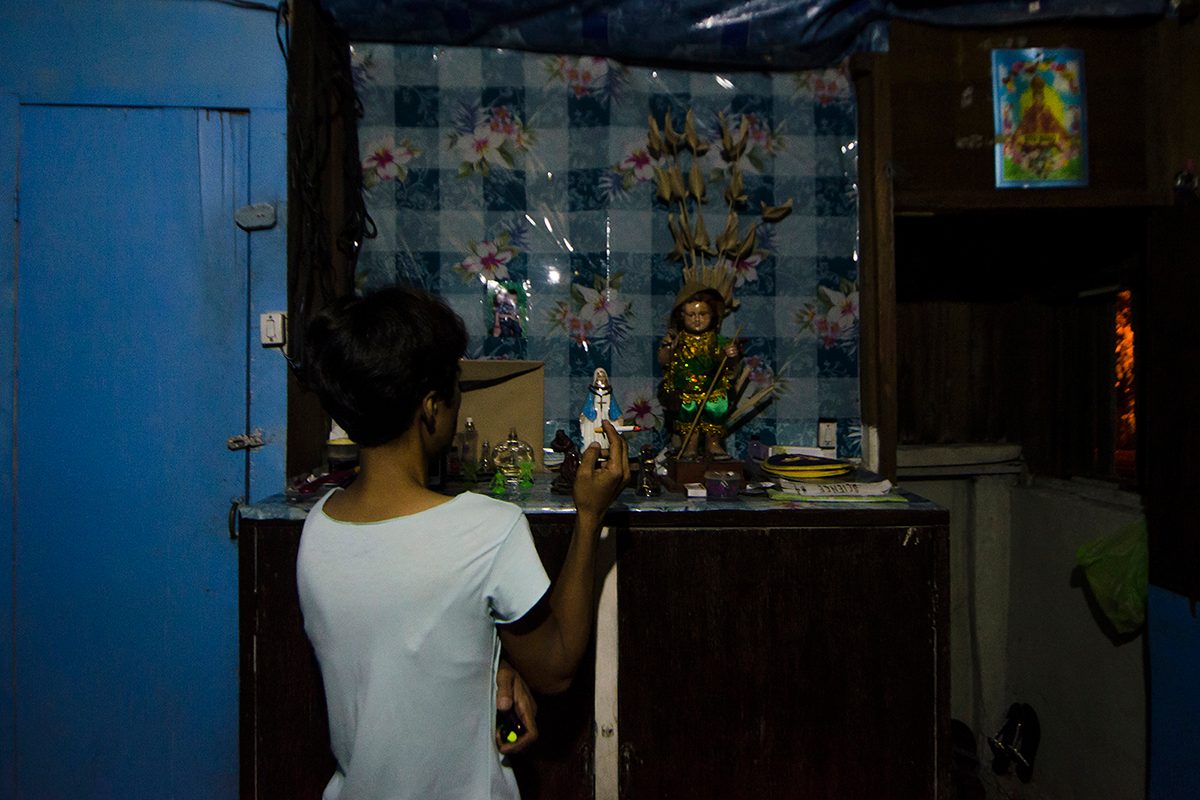
A community of sex workers
There are about 10 sex workers, both active and retired, in Sara and Paloma’s town. While most have declined to be interviewed, Paloma agreed to tell all.
Like Sara and Vanessa (the role played by Gina Alajar), Paloma was a wild child. She was barely legal, 19, when she received money in exchange for sex.
It was just one of her usual one night stands, but after they had sex, the man handed her money. She asked what it was for. The man just said, “Para sa ‘yo (For you).” The same thing happened two years later, but with another man.
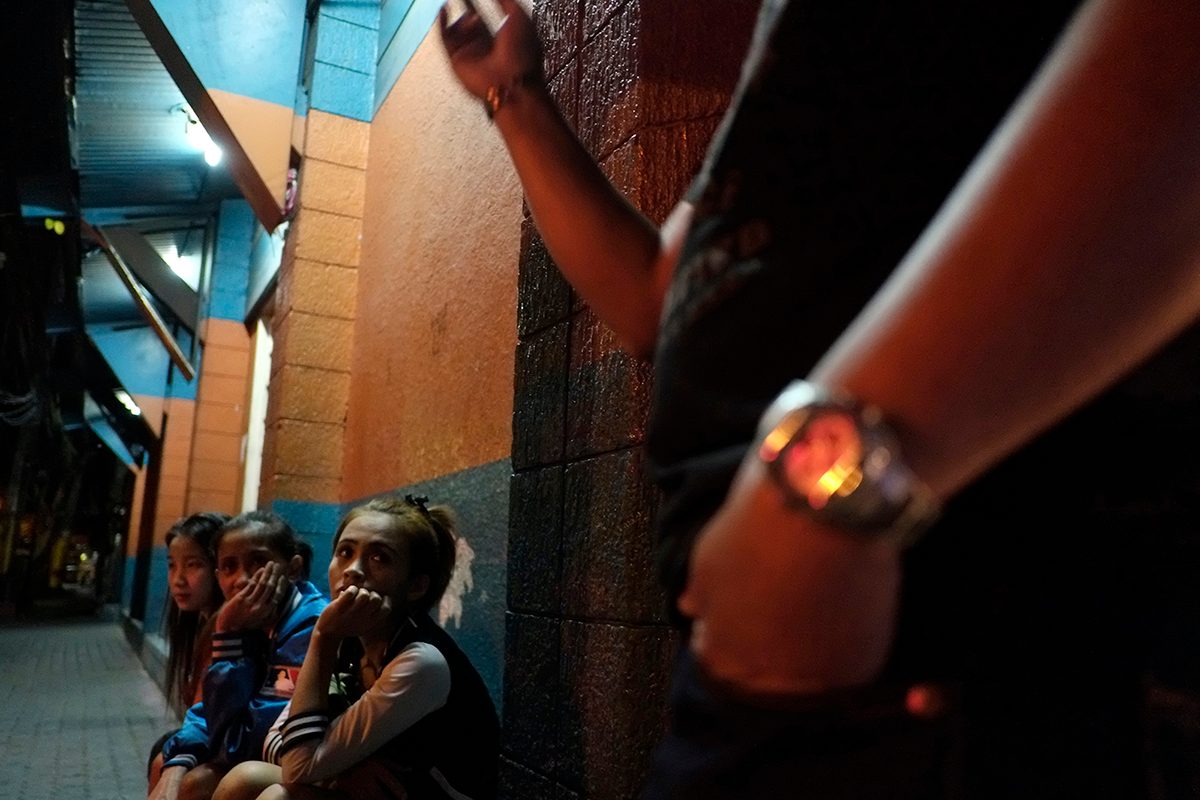
Paloma has 3 children with 3 different men. Paloma is like Bea (Rio Locsin), who has a lesbian lover. She now has a live-in partner, her own Kano (Cherie Gil).
But before she met her lesbian partner, she was involved with another Kano, a drug pusher. But it was strictly a business relationship between pusher and addict.
Being a druggie, Paloma was also once an Alex (William Martinez), who sold most of his possessions because of his addiction. Then, she talked of another Kano, a lesbian pusher who sidelines as a prostitute, but is now in hiding.
As a mother of 3, with no husband to support her, Paloma took to washing clothes to feed her family. However, when she lost her job as a laundrywoman, she was forced to sell herself.
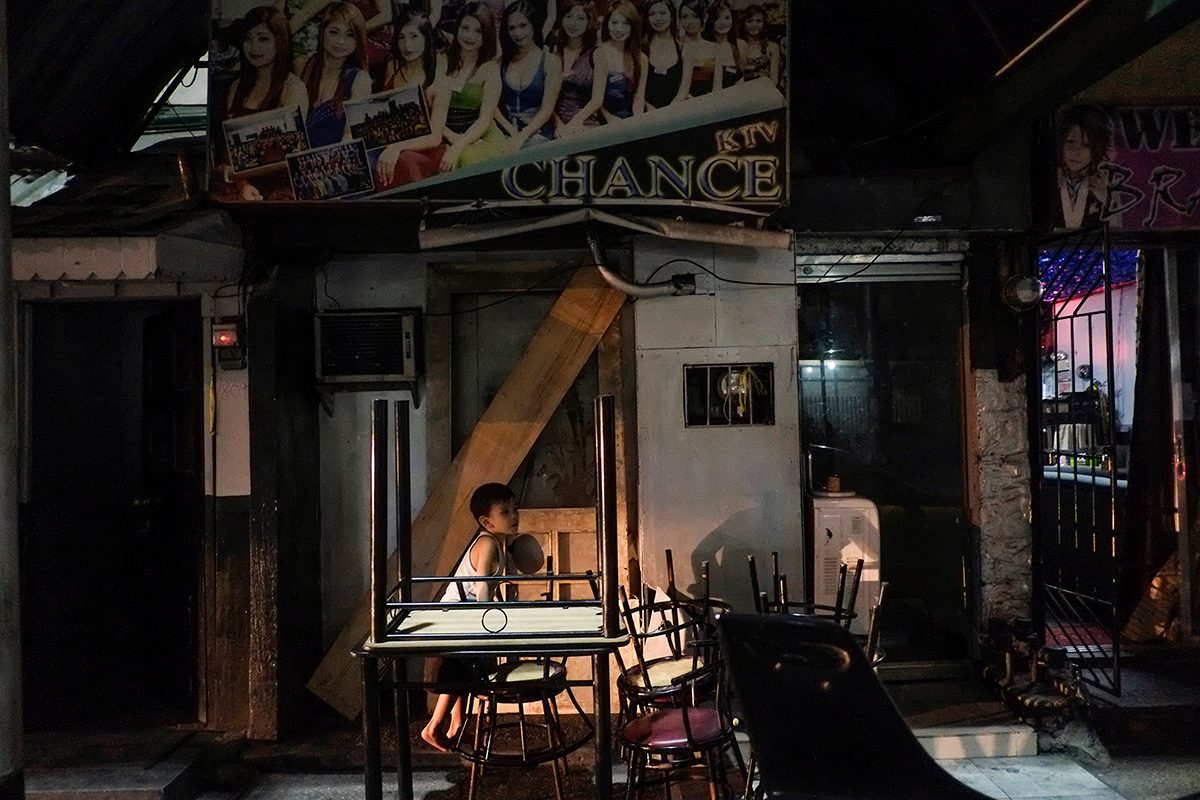
Those days are long over, she says. The new Kano in Paloma’s life saved her. They now live together with Paloma’s two children and grandson.
Her life seems too melodramatic to be true, but it is.
Big city dreams and nightmares
Cheche is both Baby (Lorna Tolentino) and Greggy Williams (Jojo Santiago). She is a migrant worker who was duped by an illegal recruiter. She said she was promised a high-paying job as a domestic helper by a recruiter in Bacolod. Instead, she ended up in a girly bar in Nueva Ecija.
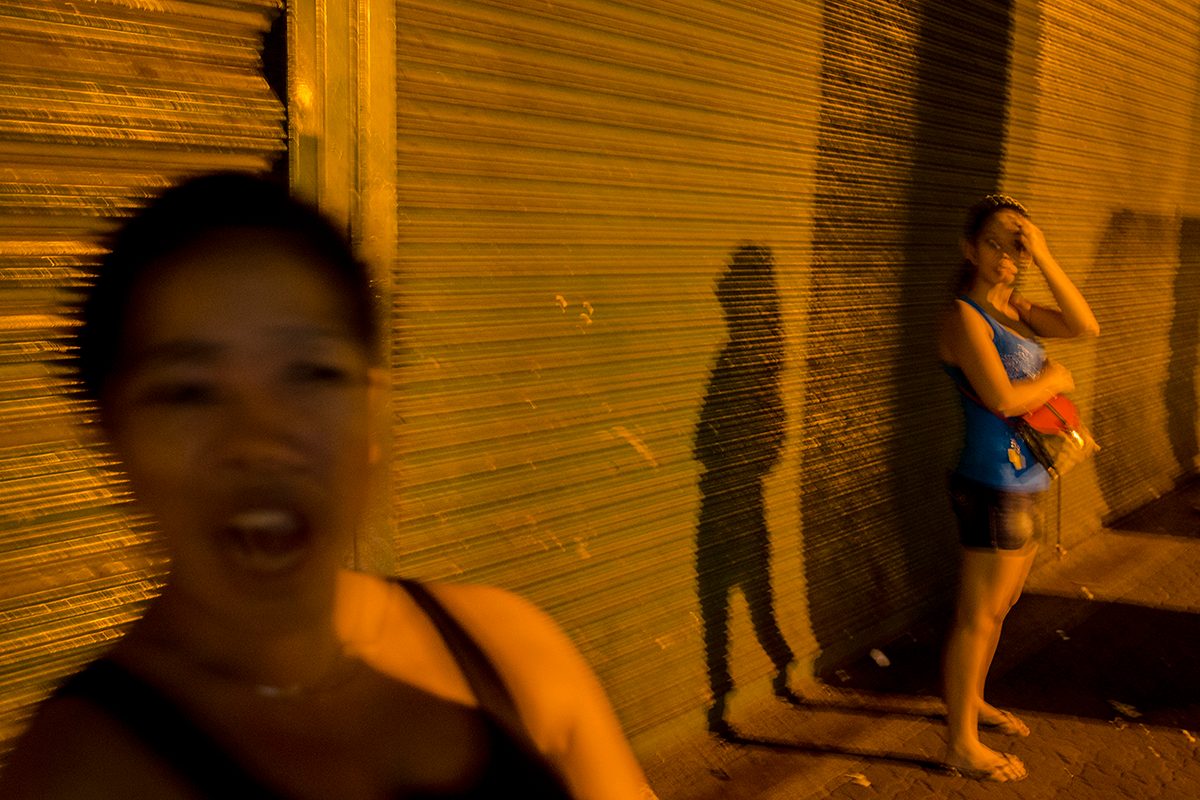
She was only 17 when she was robbed of her innocence. She escaped that hell after a few months, only to end up in the streets of Manila as a sex worker.
Twelve years into the skin trade, she is now the Mama San, who pimps young women in the Sta Cruz district. She says competition is now stiff, with prostitutes as young as 14.
Her story is much like the story of many sex workers in Manila, whose big city dreams have turned into nightmares. It’s a storyline that fills the pages of the screenplay of Manila by Night. And like the movie, the lives of these sex workers, and that of the City of Manila, are open-ended.
Whether Manila stays in the darkness of the night or wakes up to a new morning, is a story that is still being written.
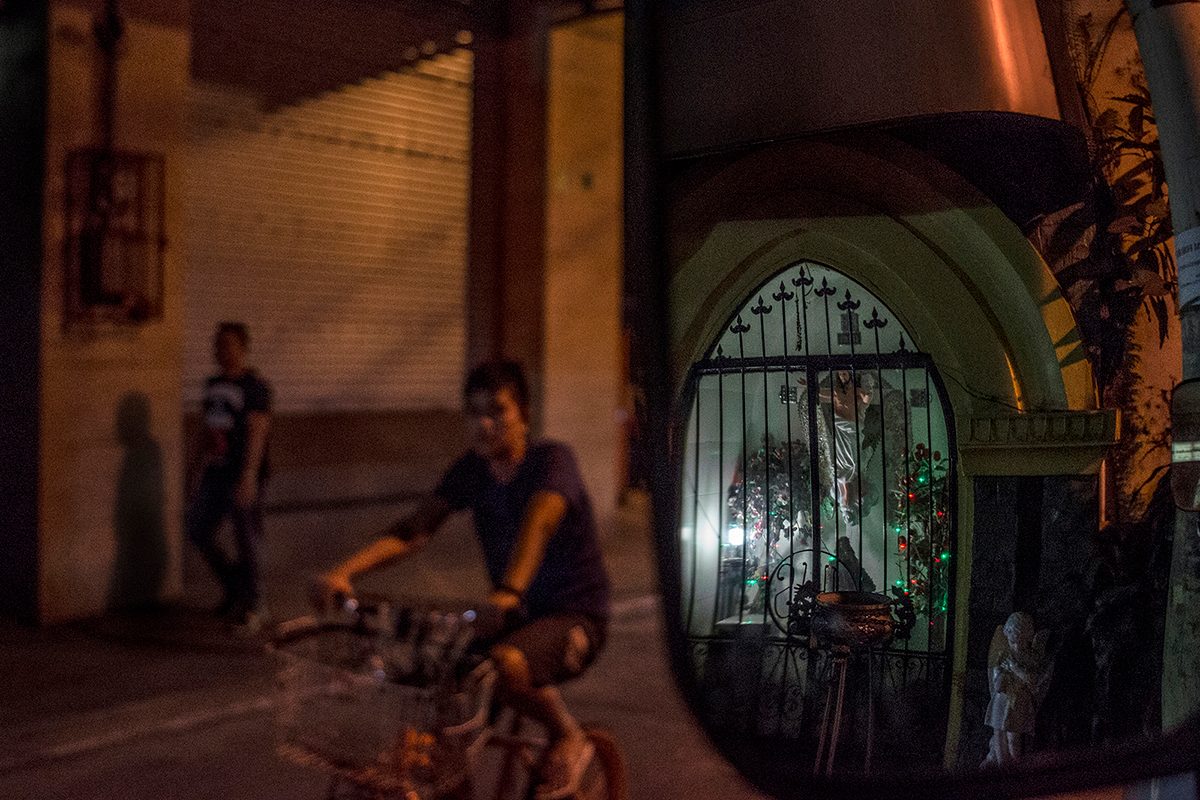
– Rappler.com
“Manila by Night” is the long-term pilot project of the Tokwa Collective. It is run by freelance photojournalists, documentary storytellers, street and travel photographers – Jun U. Diestro, Jay E. Ganzon, George P. Moya, Rob M. Reyes, Mark Z. Saludes, and Maureen S. Santos.
The Tokwa Collective will continue to document Manila, by night.
Add a comment
How does this make you feel?
There are no comments yet. Add your comment to start the conversation.